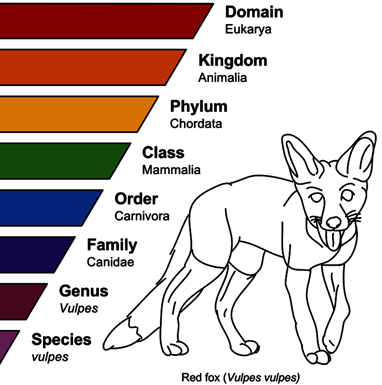 One of the difficulties today’s era of experimentation brings is that goods and services are not as neatly categorized as they used to be. I have an ongoing debate with my esteemed publisher, Mr. Rothman, for instance, on what constitutes an ‘e-book story’ and what does not. If I use my phone for reading, does that mean any story about phones is therefore a piece of e-book news?
One of the difficulties today’s era of experimentation brings is that goods and services are not as neatly categorized as they used to be. I have an ongoing debate with my esteemed publisher, Mr. Rothman, for instance, on what constitutes an ‘e-book story’ and what does not. If I use my phone for reading, does that mean any story about phones is therefore a piece of e-book news?
Shelf Awareness (link here via our friends at The Passive Voice) points out an important flaw in the legacy industry’s super-neat categories. You may miss out on some important information because you didn’t realize it applied to you.
The news bit was about a publishing conference which had a panel recently on the whole adult coloring book trend. Amidst the back-patting and announcements of future plans (adult dot-to-dot, anyone?) came this important tidbit: “Panel moderator Jim Milliot, editorial director of Publishers Weekly, noted that through November last year, the top 10 coloring books sold 1.5 million copies, as reported by BookScan, which doesn’t fully cover the traditional book retailing market and doesn’t include the many non-traditional retailers that sell coloring books, such as Michael’s. ‘There’s no doubt those number are much, much higher,’ he said.”
I have to admit, this blew my mind a little. The metric they are using to measure their sales looks at the type of store, not the type of product! That means Michaels could sell a million books, and nobody in publishing would have a simple way to measure it. I am assuming that authors would, of course. They do get a royalty even on books sold by non-bookstores. But if the ‘industry’ and the publications that report on it are using those Bookscan numbers, they truly are missing a big piece of the puzzle.
And it isn’t just coloring books either. As I previously reported here on TeleRead, there is a potentially huge market for specialty stores to get in on the book game: video game stores are a natural pairing with comic books—heck, the Beloved’s one annual paper book purchase is the Toronto Blue Jays annual, and he buys it on opening day, at the stadium gift shop. Let me ask you this: how many copies of “Goodnight Moon” do all the baby stores sell? Why isn’t there a cookbook section in the grocery stores of North America? Why don’t the Home Depots of the world go beyond the tool guides and have an interior decorating section with books aplenty? Or—do they already, and we just don’t have a metric to measure that yet?
That is the inherent flaw in the legacy model, right there. Yes, innovation and boundary-blurring brings benefits. People can profit who perhaps could not profit before. But you have to able to see the profit. If a book is only a ‘book’ if a bookstore sells it, you’ll miss important data on how many sales you have. And if your view of who is a bookseller does not encompass the craft vendor at Michaels, it won’t occur to you to target your publishing offerings toward their market, and then stock them with product to sell.
Detail: Prior use of the phrase “tyranny of categories.”
Image credit: Here.
The post E-books, paper books and the tyranny of categories appeared first on TeleRead News: E-books, publishing, tech and beyond.





















